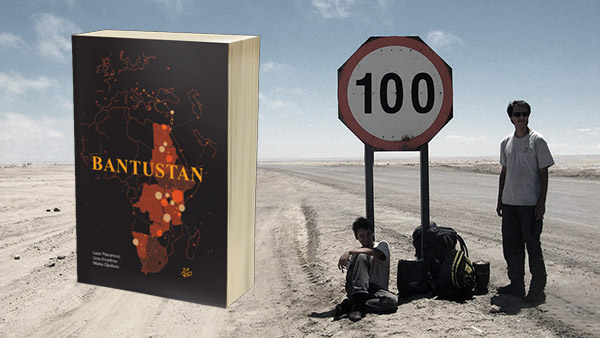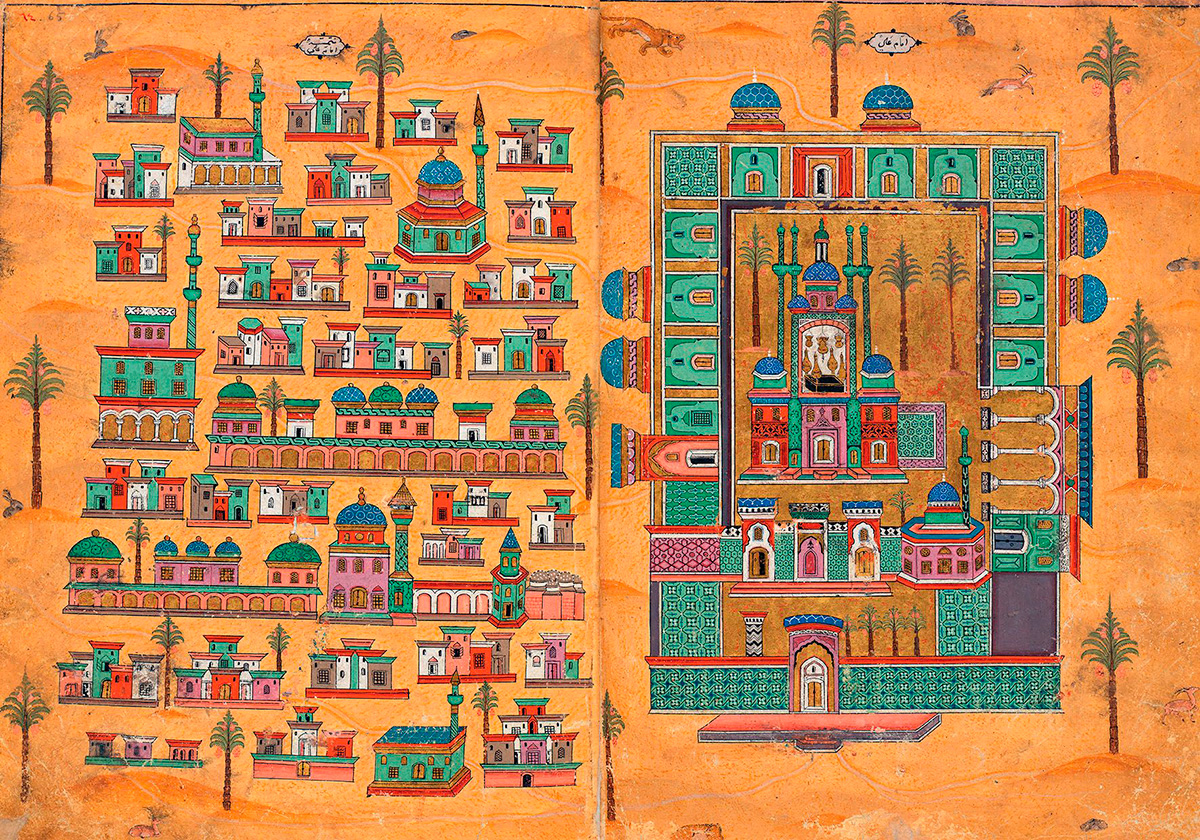
Nasuh bin Karagöz bin Abdullah el-Visokavi el-Bosnavî, or Nasuh el-Matrakči ibn Karađoz ibn Abdullah el-Visokavi el-Bosnevi, commonly known as Matrakçı Nasuh for his competence in the game of Matrak, invented by himself, (also known as Nasuh el-Silâhî, Nasuh the Swordsman, because of his talent with weapons; 1480 – c. 1564) was a 16th-century Bosniak statesman of the Ottoman Empire, polymath, mathematician, teacher, historian, geographer, cartographer, swordmaster, navigator, inventor, painter, farmer, and miniaturist. He was brought to Istanbul after being recruited by the Ottoman scouts in Rumelia, educated, served several Ottoman sultans, and became a teacher at Enderun School.
 Aleppo
Aleppo
Matrakçı Nasuh (bin Abdullah; son of Abdullah), born in the Bosnian town of Visoko, was a gifted Janissary who went through both the Infantry and devşirme system, a gifted swordsman, and sharpshooter well known for his intellect; he spoke five languages and was recruited into the Ottoman Navy.
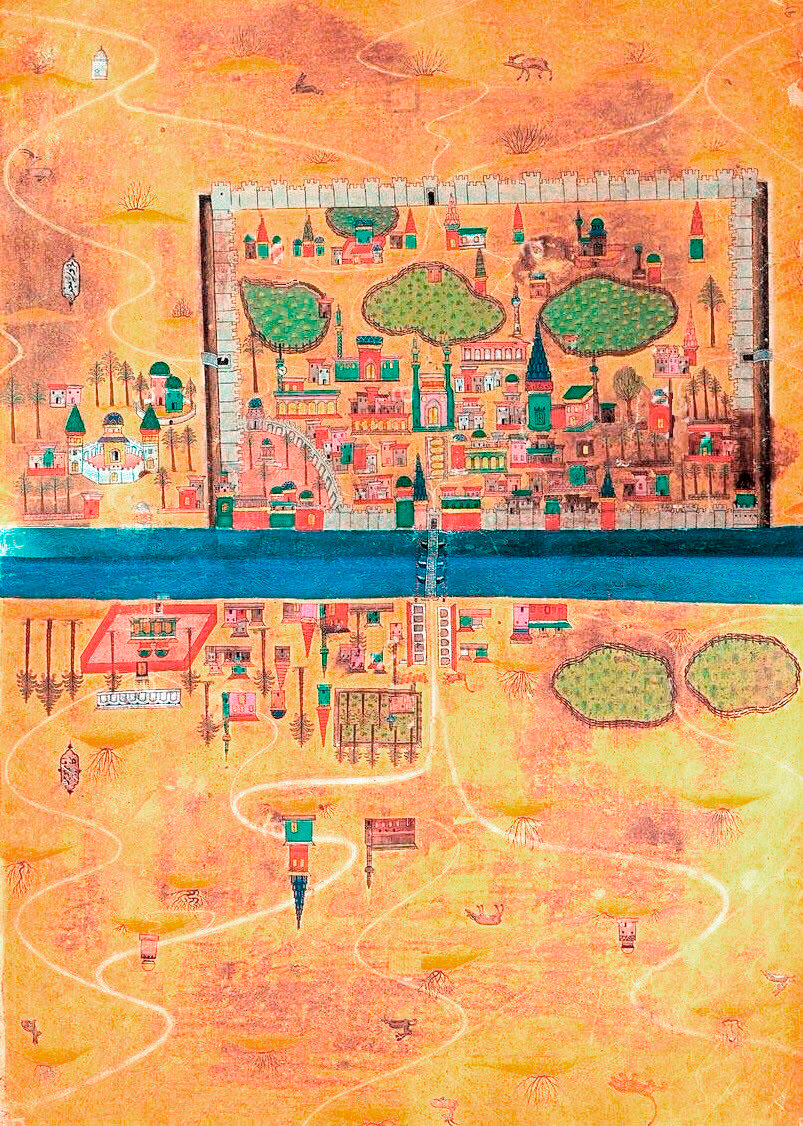
Baghdad
Although born to Bosnian Muslim parentage, Nasuh was drafted into the devşirme system, otherwise reserved for the Christian populace of the empire. Exceptionally, however, in Bosnia, the devşirme was also extended to local Muslim families.
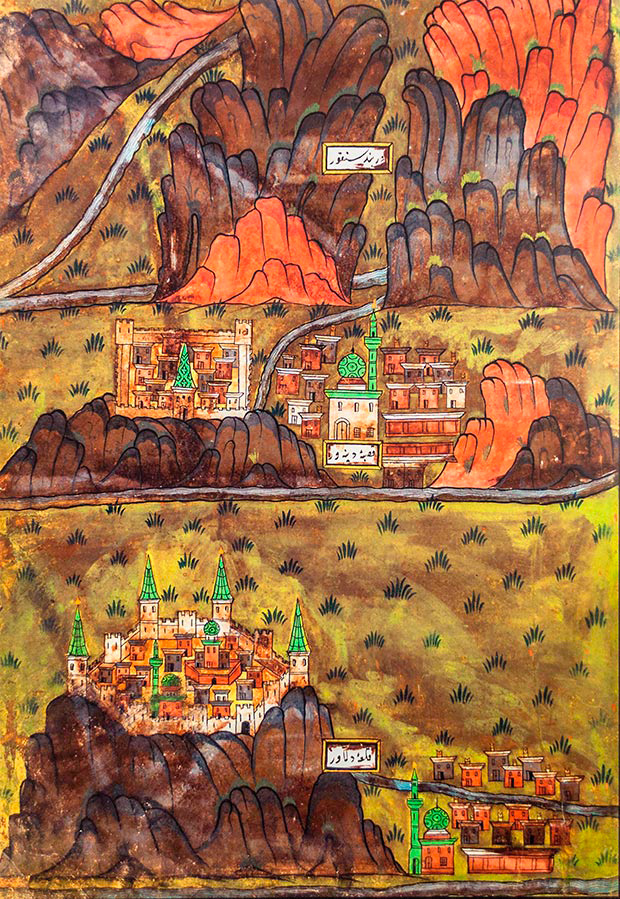
Dinever
After a long period of studies on mathematics and geometry, he wrote his works Cemâlü'l-Küttâb and Kemalü'l- Hisâb and submitted them to the Ottoman sultan Selim I. He wrote also the two books named Mecmaü't-Tevârih and Süleymannâme. They deal with the history of the period of 1520–43. He also wrote a historical piece on the Persian campaign of Suleiman I titled Fetihname-i Karabuğdan. A recent study of his book Umdet-ul Hisab revealed an unknown fact that Matrakçı had invented some genuine multiplication methods. One of the significant results displayed in this book was that the lattice method had been widely used in the Enderun School nearly 50 years before John Napier reintroduced it to Europe.
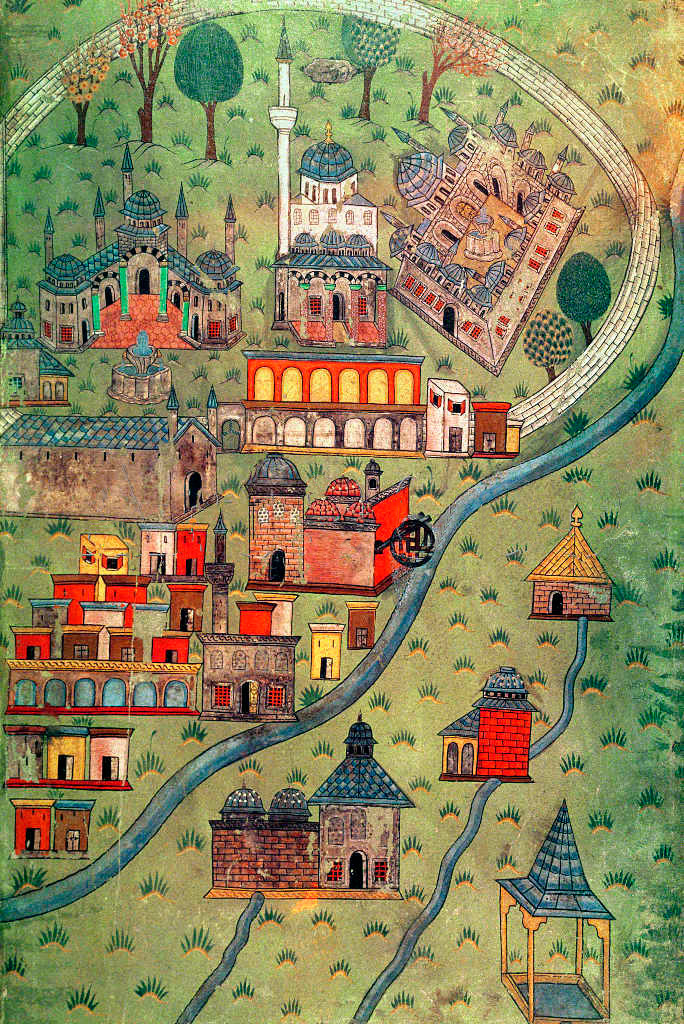
Eskisehir
Besides his works on mathematics and history, he is famous because of his miniatures. He created a naturalist style which focuses on panoramic views of landscapes and cities painted with the greatest detail (his most famous work, the Istanbul landscape picture, shows almost every street and building of the city). In Ottoman miniature art, this was later known as the "Matrakçı style". The most important of his four historic volumes of miniatures is the one dealing with Suleiman I's Safavid war, upon which he had written his historical work Fetihname-i Karabuğdan. Besides illustrating the march of the Ottoman army from Istanbul to Baghdad and then Tabriz and its return via Halab and Eskisehir, Nasuh also includes all the cities met by the army along the way. The Library of Istanbul University hosts the only copy of this work.
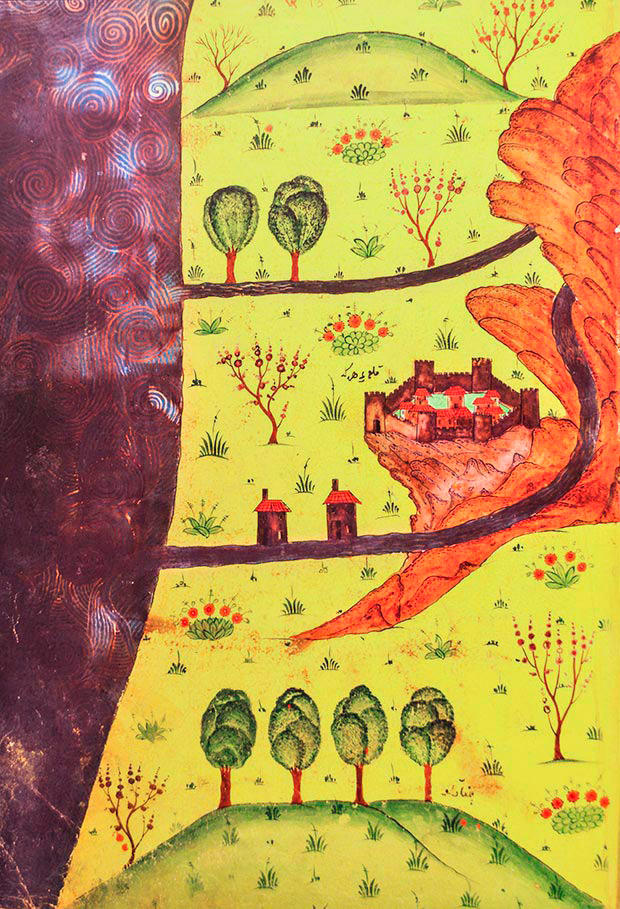
Hereke
Nasuh was also a soldier and a master bladesmith. He worked as a weapons teacher at Enderun School. He and his students demonstrated their skills in a show which was part of the circumcision celebrations of Suleiman I's sons. Because of his success in this demonstration, Nasuh received the honorary title of Ustad ("master") and Reis ("chief") from the Sultan. He also wrote a book about usage of various weapons and techniques of cavalry and infantry fight, called Tuhfet-ül Guzât.
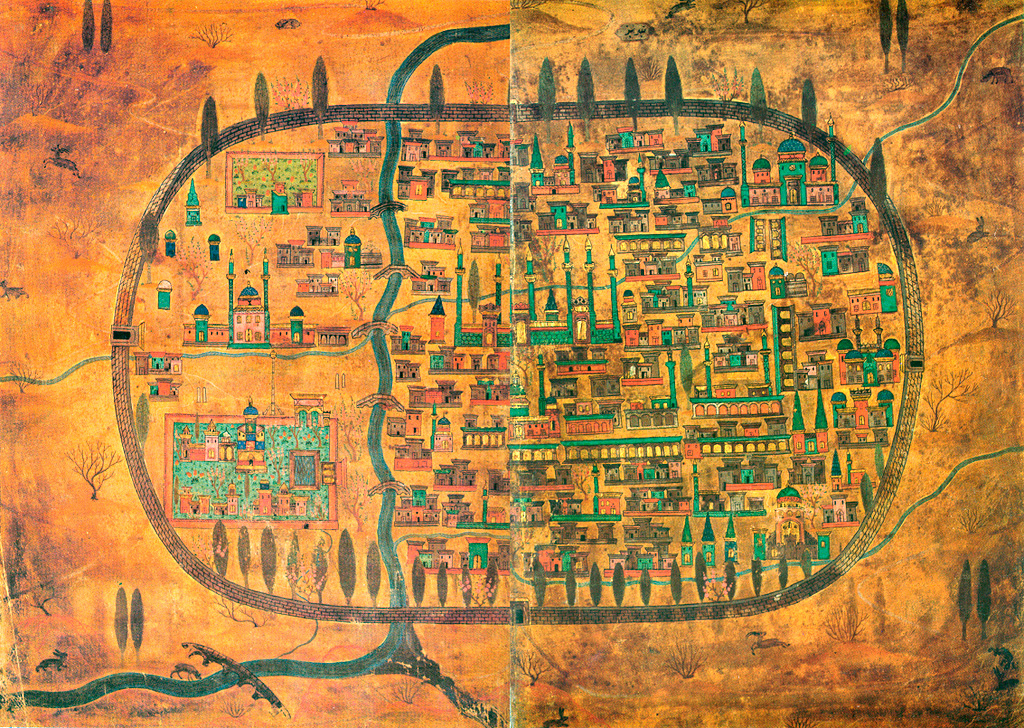
Tabriz

Zanjan
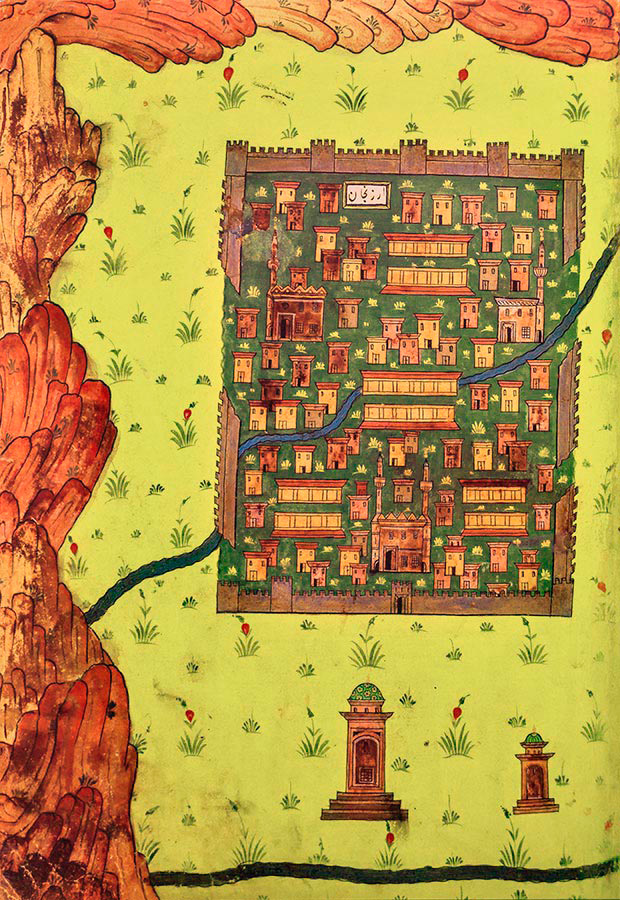
Erzincan
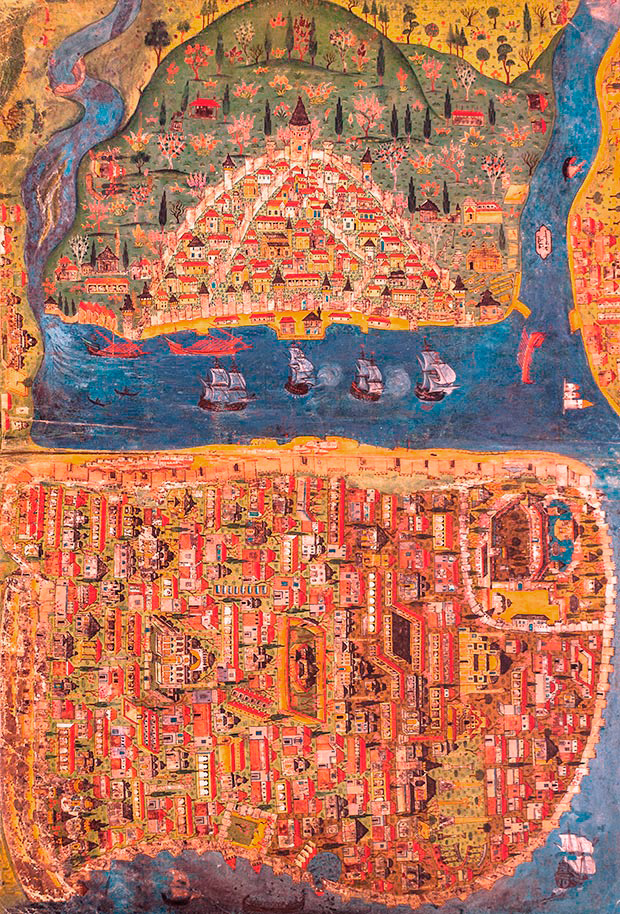
Istanbul
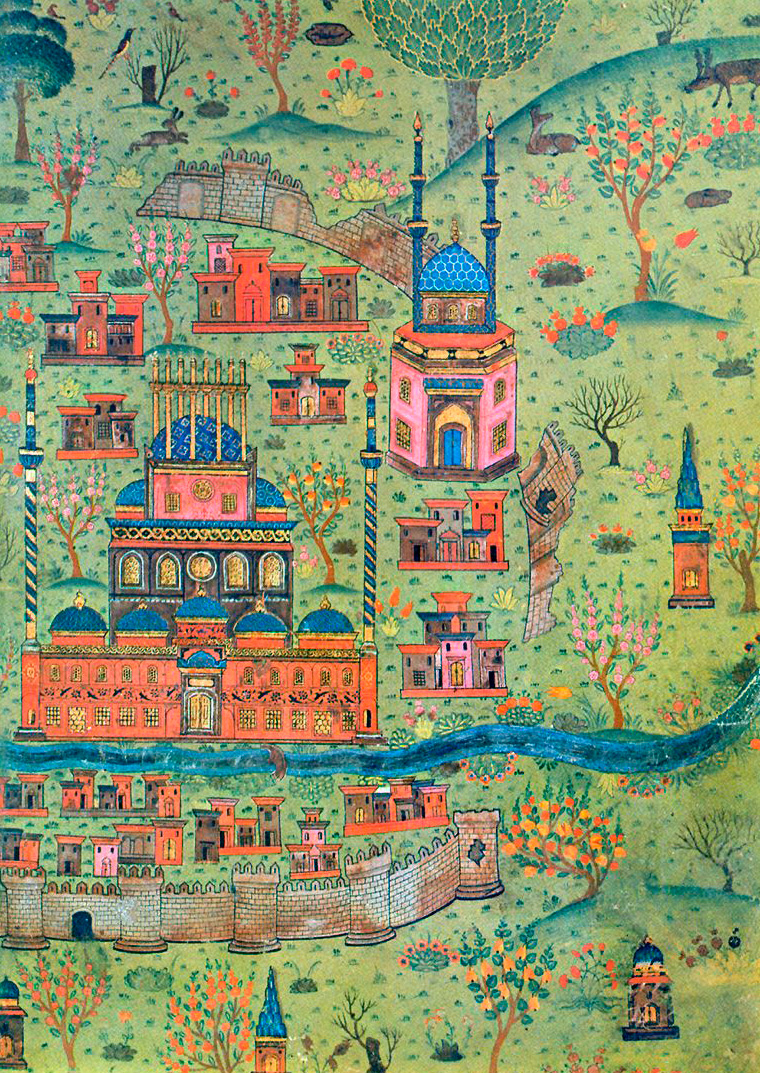
Sultaniye
--
Source: Wikipedia

